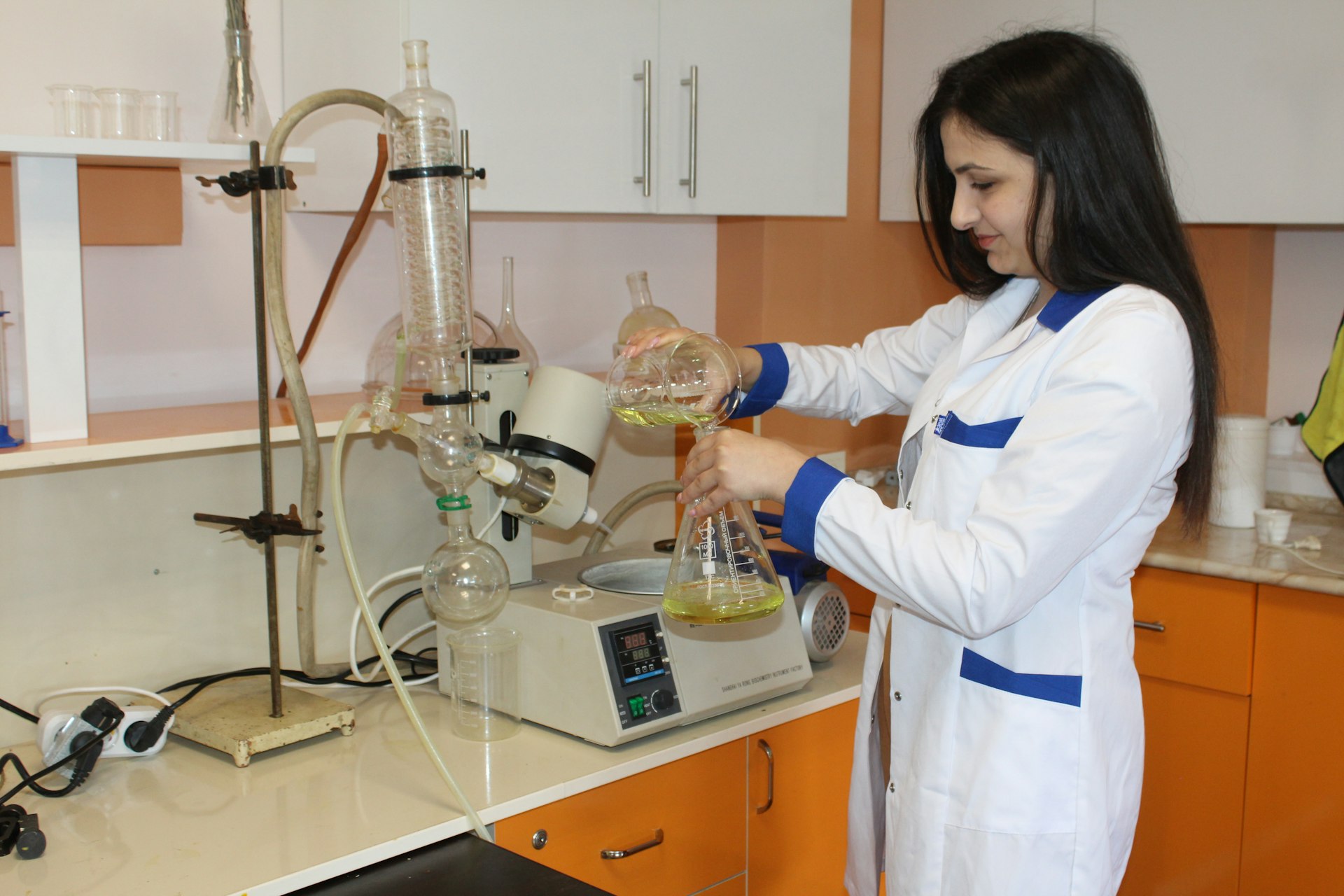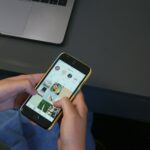Unlocking Scientific Discovery: How Remote Science Labs Empower Students Anywhere


Photo by Harut Hayriyan on Unsplash
Introduction: The Rise of Remote Science Labs
Modern science education increasingly relies on digital innovation. Remote science labs , also known as virtual labs, allow students to conduct experiments online, eliminating the need for physical lab space while offering a rich, interactive learning environment. For students in online schools, homeschoolers, and those in underserved areas, remote labs have become an essential tool to gain hands-on scientific experience without geographical or logistical barriers.
What Are Remote Science Labs?
Remote science labs are internet-based platforms that simulate real laboratory experiments using digital tools. Students can perform experiments in chemistry, biology, physics, and more, all from their computer or mobile device. These labs are designed to mimic the procedures, results, and analysis found in traditional labs, but with added benefits:

Photo by Ryan Kim on Unsplash
- Immediate feedback and repeatable experiments
- Safe, controlled environments for trial and error
- 24/7 accessibility-learn anytime, anywhere
Many remote labs also include interactive guides, integrated quizzes, and data analysis tools to deepen understanding and retention.
Key Benefits for Students
Remote science labs offer several concrete advantages:
- Accessibility : Students can access advanced experiments regardless of location or school resources. This is particularly valuable for those in rural or underfunded districts [2] .
- Self-Paced Learning : Learners can repeat experiments at their own pace, revisit challenging concepts, and develop scientific reasoning skills [2] .
- Enhanced Engagement : Visual, interactive content helps maintain student interest and boosts comprehension [5] .
- Improved Outcomes : Studies show virtual labs can increase grades and retention, with some platforms reporting up to an 80% improvement in learning retention rates [1] .
- Cost Savings : Schools save on expensive lab equipment, and students avoid material fees or travel costs [3] .
Top Remote Science Lab Platforms and How to Access Them
Several reputable organizations provide virtual lab experiences. Here are some leading options, along with practical guidance on how to get started:
1. PraxiLabs
PraxiLabs offers more than 150 STEM simulations across biology, chemistry, and physics. Its 3D virtual experiments cover everything from genetics and microbiology to mechanics and magnetism. PraxiLabs is used in over 160 countries and boasts high learning retention rates. To try PraxiLabs, you can start a 30-day free trial without hardware setup or a credit card. Look for the “Start 30-Day Free Trial” option on their official website for immediate access [1] .
2. Labster
Labster provides immersive, gamified simulations that build STEM confidence. Their labs are designed for both high school and university students. Labster is known for increasing student grades by a full letter and reducing drop-fail-withdraw rates. Instructors can assign labs through the platform, and students can preview offerings or start with a guided tour. For access, students should check if their institution subscribes to Labster, or visit the official site to explore available options [5] .
3. McGraw Hill Virtual Labs
McGraw Hill Virtual Labs supports science courses with over 135 simulations in subjects like anatomy, physiology, and physics. The labs are designed to be accessible and flexible, making them ideal for both remote and in-person learning environments. Students often gain access through their school’s digital learning portal. If you are interested, speak with your instructor or visit McGraw Hill’s site for details on institutional access [4] .
4. MERLOT Virtual Labs
MERLOT is a curated collection of open educational resources, offering free virtual labs in a variety of STEM fields. The platform is especially valuable for educators and students seeking no-cost options. To access, visit the MERLOT Virtual Labs hub and search for the subject or experiment of interest. Many resources are free and open to the public [3] .
5. NOVA Labs (PBS)
NOVA Labs, from PBS, offers game-based virtual labs with supporting videos and educator guides. These are particularly engaging for teens and older students, covering real-world scientific topics. Access is free and available directly through the NOVA Labs website. Search “NOVA Labs PBS” to locate the latest interactive activities [2] .
How to Get Started with Remote Science Labs
Getting started is typically a straightforward process, but may vary depending on the provider and your institution:
- Check Institutional Access : Many schools and universities have subscriptions to platforms like Labster or McGraw Hill. Ask your instructor or school administrator if you already have access.
- Explore Free Trials : Platforms such as PraxiLabs offer free trials. Visit their official site and look for “Start Free Trial” or “Get Started” options.
- Use Open Resources : For free, open-access labs, visit MERLOT or search for “NOVA Labs PBS” for immediate entry to virtual experiments.
- Homeschoolers and Independent Learners : Seek out platforms that allow individual subscriptions, and review their curriculum compatibility to ensure alignment with your learning goals.
If you cannot access a specific platform, consider contacting the provider via their official support options, or consult your institution’s IT or science department for guidance.
Real-World Examples and Case Studies
Many students and teachers have seen measurable improvements through remote labs. For example, schools implementing Labster have reported higher pass rates and greater engagement in introductory STEM courses, which can encourage students to pursue STEM degrees [5] . PraxiLabs reports an 80% learning retention rate, attributed to the ability for students to practice complex experiments repeatedly in a risk-free environment [1] .
MERLOT’s open resources have enabled community colleges to offer full laboratory courses online, reducing costs and increasing accessibility for non-traditional students [3] .
Challenges and Solutions in Remote Science Labs
While remote labs offer numerous benefits, some challenges exist:
- Technical Requirements : Reliable internet and compatible devices are necessary. Many providers offer technical support and detailed setup guides.
- Hands-On Limitations : Some complex experiments may lack the tactile component of physical labs. However, virtual labs often compensate with detailed simulations, data analysis exercises, and collaborative discussion features.
- Alignment with Curriculum : Not all virtual labs cover every curriculum standard. It is important to review the available experiment catalog and consult with educators to ensure alignment.
To address these challenges, students and teachers can combine virtual labs with at-home experiment kits or supplemental reading. For technical issues, contacting the provider’s support team or referencing their FAQ section can resolve most problems.
Alternative Approaches and Supplemental Resources
When virtual labs are not available, students can:
- Use open-access science experiment videos for observation and analysis
- Participate in online science competitions or citizen science projects
- Request physical science kits from educational suppliers for at-home use-these often include step-by-step instructions and safety guidelines
To find more options, search for “virtual science labs for students” or “remote STEM experiment platforms”. Contact your local school district or educational nonprofit for information on grants or free access programs for remote science learning.
Key Takeaways
Remote science labs have democratized access to scientific experimentation, offering flexible, interactive, and effective learning experiences for students worldwide. By leveraging leading platforms and following the practical steps outlined above, students can gain hands-on skills and a deeper understanding of scientific principles-no matter where they learn.
References
- [1] PraxiLabs (2024). Virtual science experiment simulations and platform overview.
- [2] Connections Academy (2024). STEM Educational Activities with 4 Free Virtual Labs.
- [3] MERLOT Virtual Labs (2024). Open virtual labs for science education.
- [4] McGraw Hill Virtual Labs (2024). Accessible lab simulations for science courses.
- [5] Labster (2024). Virtual labs for universities and high schools.






